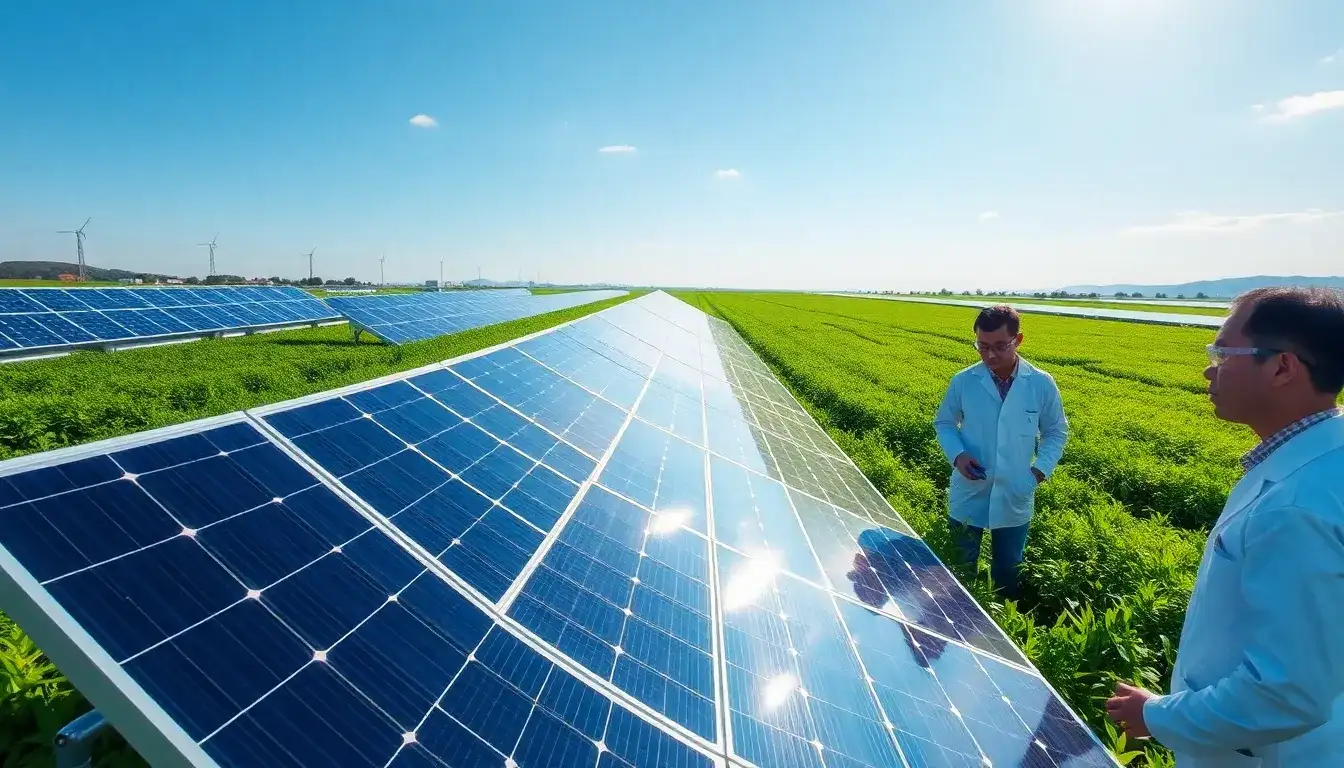
In a significant advancement for solar energy technology, researchers from East China University of Science and Technology have made a breakthrough in the lifespan of perovskite solar cells. This innovation, published in the prestigious journal *Science* on March 7, reveals a novel mechanism behind the instability of perovskite materials and presents a solution to enhance their longevity.
Perovskite solar cells are emerging as a promising alternative to traditional silicon cells, boasting higher conversion efficiencies, lower costs, and advantages such as flexibility and lightweight properties. Despite their potential, the primary challenge hindering their commercialization has been their instability.
The study, led by Professors Hou Yu and Yang Shuang, identified a key mechanism called the “photomechanical” decomposition effect, which explains why perovskite materials tend to degrade under environmental stressors such as moisture, light, heat, and electric fields. They discovered that dynamic local stress within the material, exacerbated by exposure to sunlight, significantly contributes to the material’s decomposition. Under sunlight, perovskite materials exhibit a notable photostriction effect, expanding by more than 1%, which can create pressure between crystals and accumulate local stress at grain boundaries, ultimately leading to defects and loss of efficiency.
To address this issue, the researchers explored ways to enhance the stability of perovskite materials. Their approach involved the integration of graphene, a two-dimensional material known for its exceptional mechanical properties, with a polymer known as polymethyl methacrylate (PMMA). By coupling these materials at the interface, they successfully created a new type of perovskite solar cell that significantly improves durability.
The results were promising: the new solar cells achieved a working lifespan of 3,670 hours (approximately 153 days) while maintaining 97% efficiency under standard sunlight and high-temperature conditions. This marks a new record in the field of perovskite solar cells and offers a fresh solution for their industrial applications.
The research team has focused on the country’s dual carbon strategy, making significant contributions to the field of clean energy materials. They developed a generalized method for the theoretical design and precise screening of key functional materials for solar cells, overcoming traditional synthesis limitations and creating high-performance, stable materials that enhance the environmental stability of solar devices.
In summary, this groundbreaking work not only reveals unknown factors contributing to the degradation of photovoltaic performance but also lays the groundwork for improved stability in perovskite solar cells. The findings hold the potential to significantly extend the lifespan of these solar cell components, paving the way for broader industrial applications.
The paper titled “Graphene-polymer reinforcement of perovskite lattices for durable solar cells” features East China University of Science and Technology as the sole correspondence institution, with Professors Hou Yu and Yang Shuang as co-corresponding authors and doctoral student Li Qing as the first author. The research was supported by funding from the National Natural Science Foundation and other projects.







